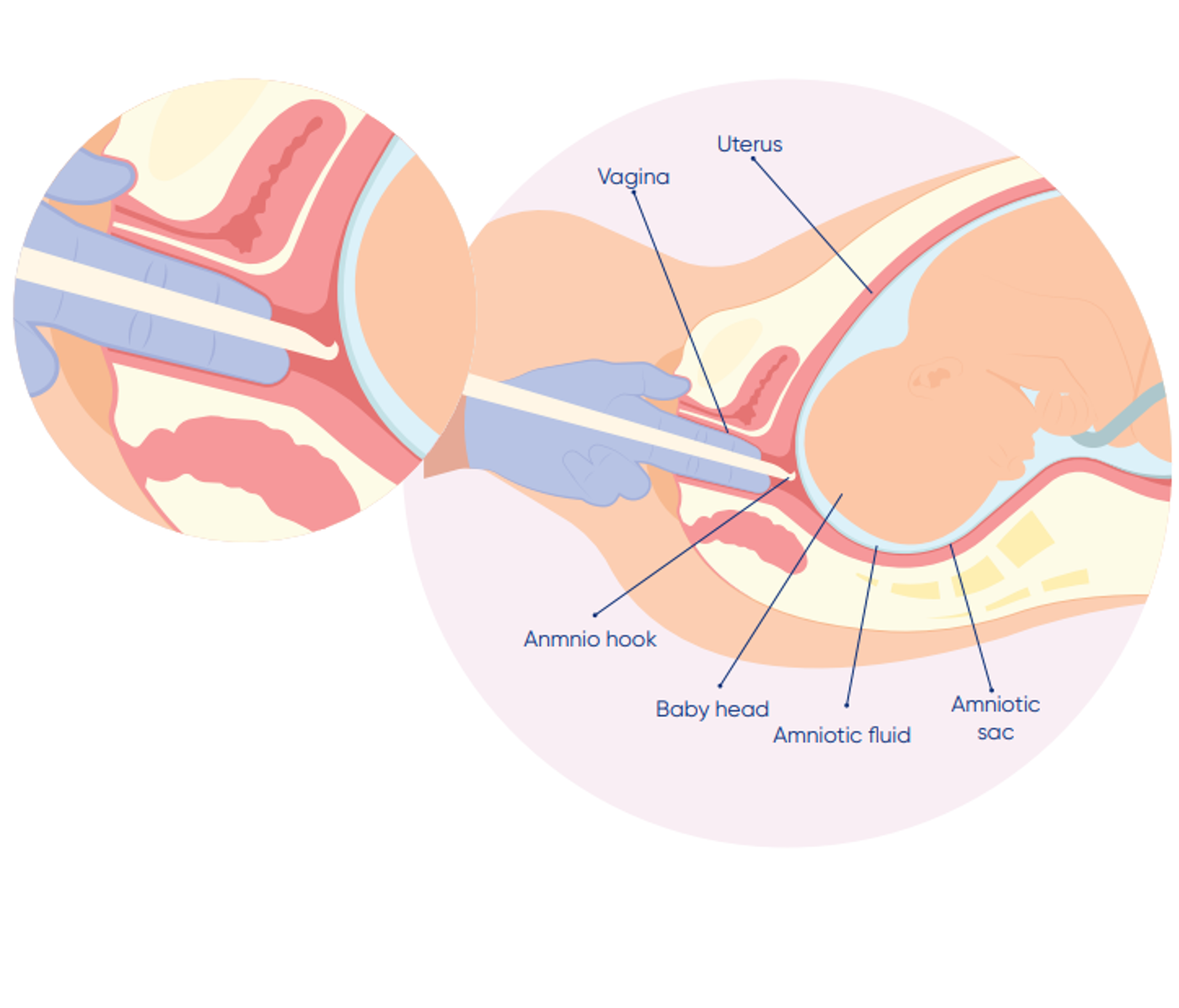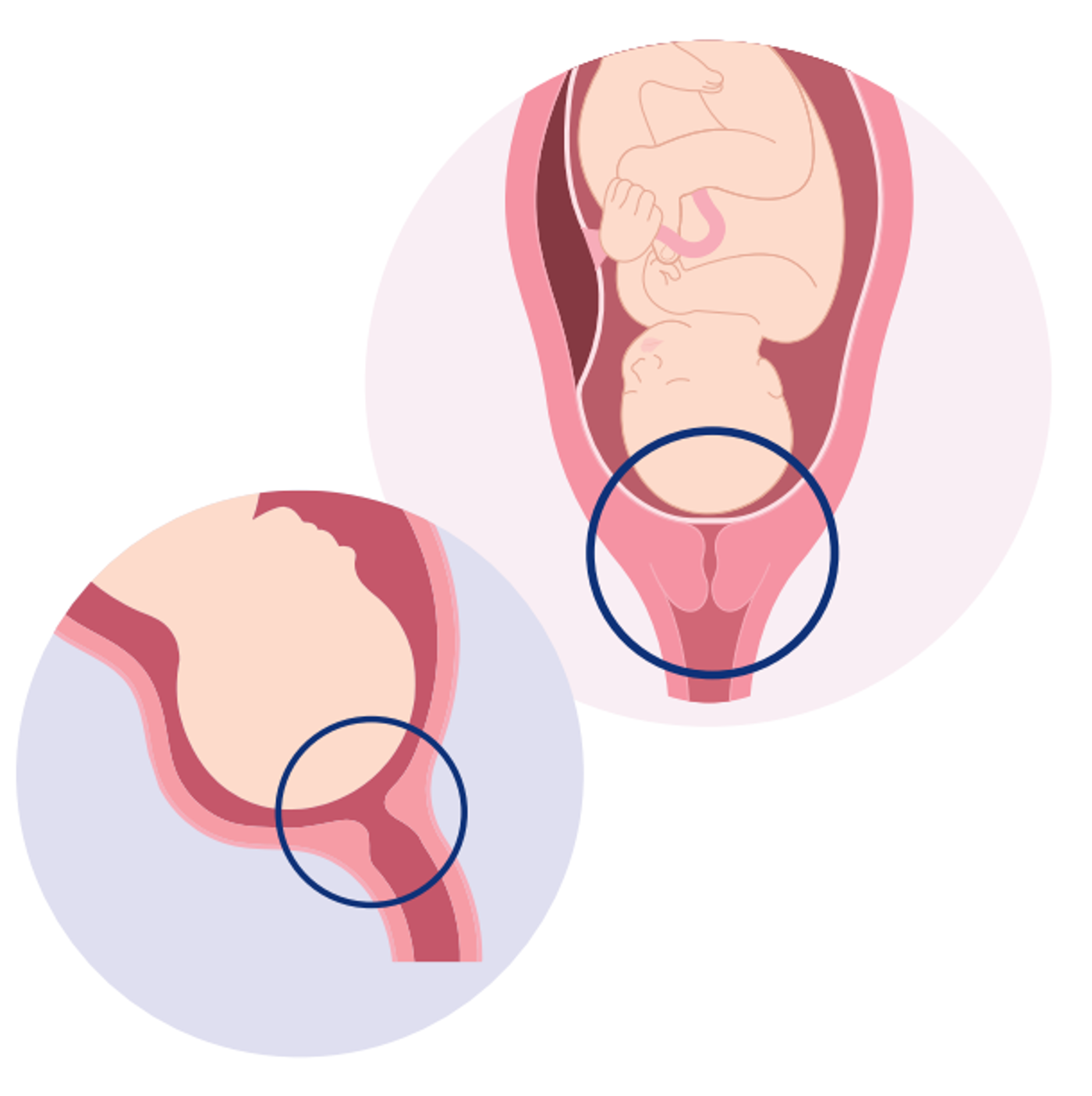Contractions that are too long or too frequent - During an induction the uterus may be overstimulated. This may cause the uterus to contract too often. Too many contractions may lead to changes in the fetal heart rate. If there are problems with the fetal heart rate, oxytocin may be reduced or stopped. Other treatments may be needed to help the uterus to relax and contract less.
Labour does not start - Some women’s bodies do not respond to induction hormones. A healthcare professional will explain your options.
Bleeding - Women who are induced are more likely to experience above average blood loss after the birth. Pain - Pain relief is more commonly used with an induction compared to a spontaneous labour.




